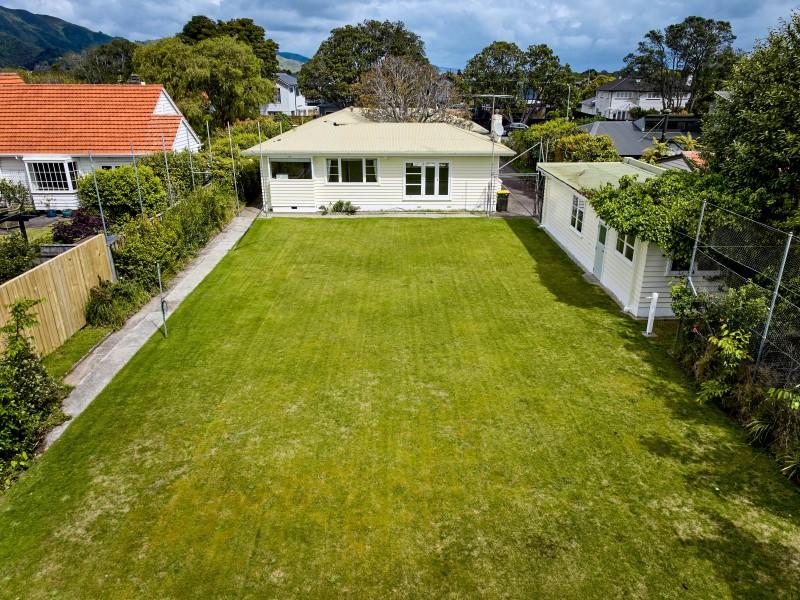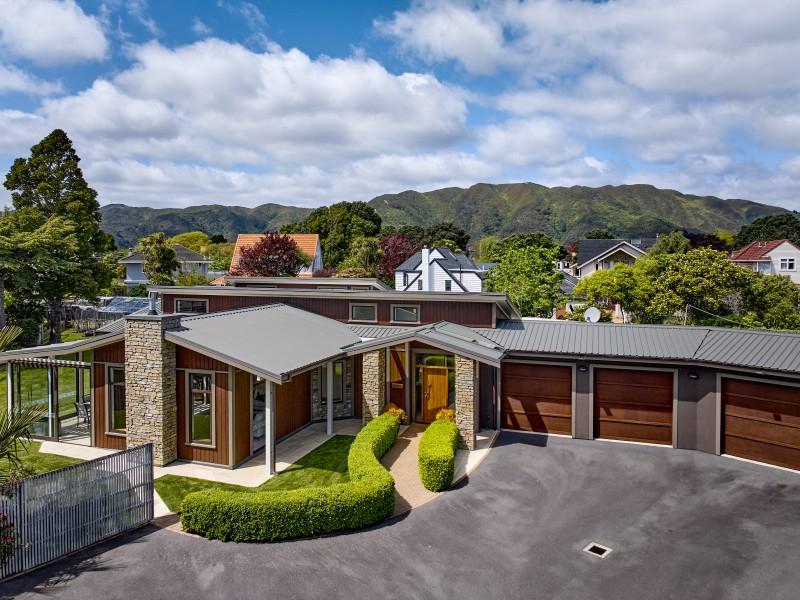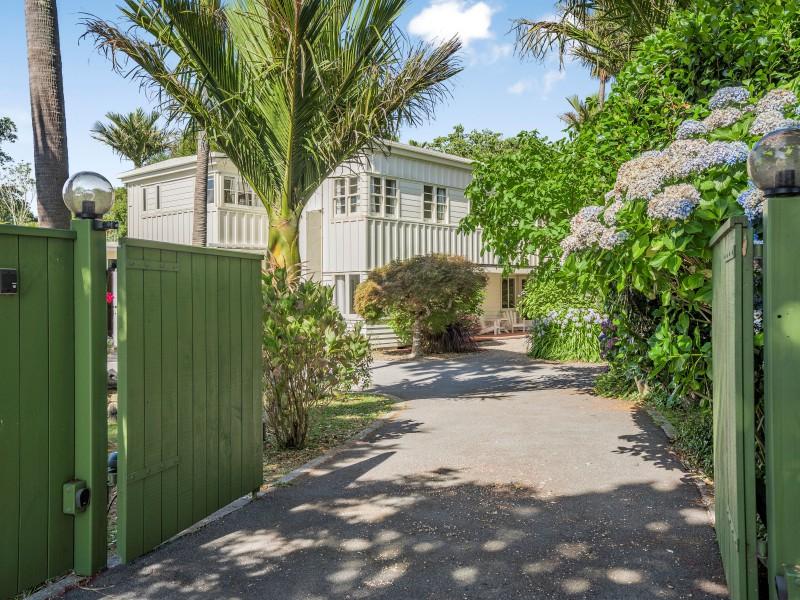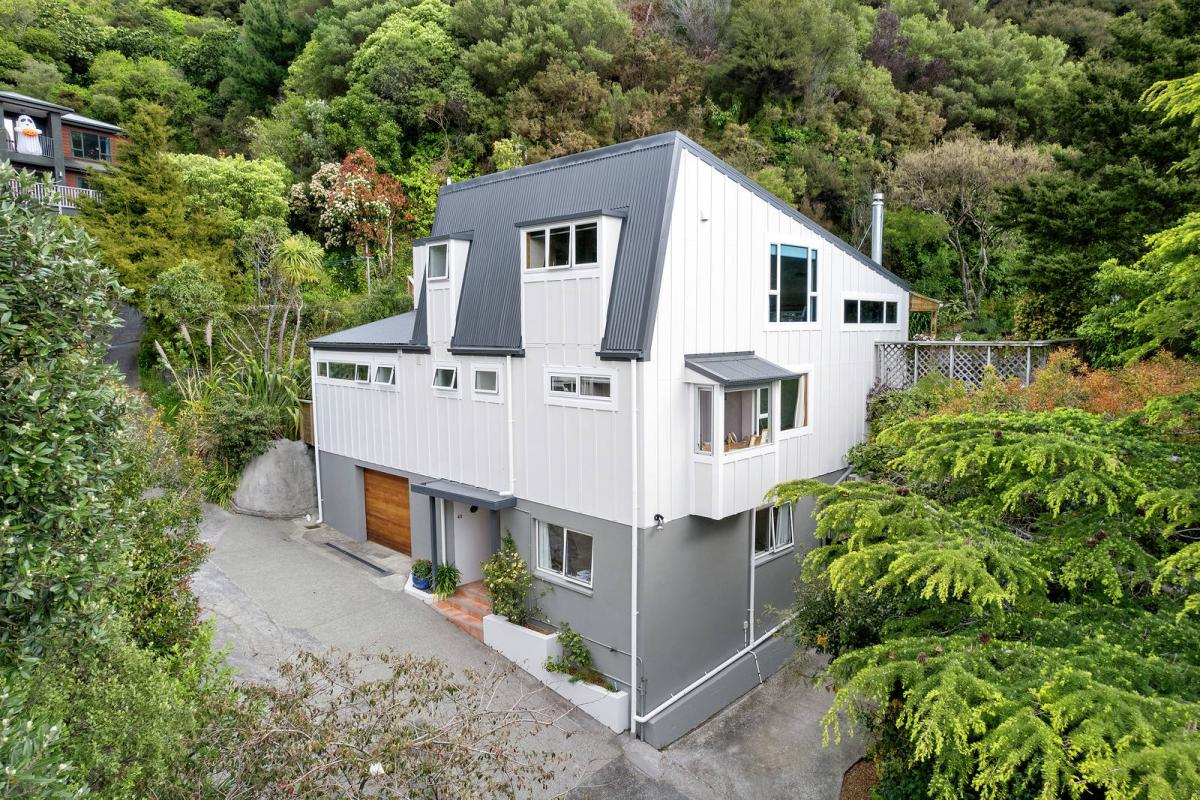Abaca: The Queen of Natural Fibres
Abaca is a natural leaf fibre that comes from a relative of the banana tree family native to the Philippines that grows throughout tropical regions. It is also called Manilla hemp, though it is not related to actual hemp.
Abaca has great economic importance and is harvested for its strong, versatile fibre. Being regarded as the strongest natural fibres in the world, abaca can be put into various modern sophisticated technologies like the automobile industry and as a raw material for other important industries such as textiles, fashion, and the décor/furnishing industry.
Abaca is commonly used by the paper industry for such specialty uses such as tea bags, banknotes, filter papers and in medical filter sheets. While it is currently used mostly in paper products, abaca has a long history in textiles. Abaca fabric has a stiff quality and holds its structure (it is considered a hard fibre and is comparable in texture to sisal and coir). It has a very long fibre length and is one of the strongest fibres - flexible, durable, and highly resistant to saltwater damage. For these reasons it has been used over time for rope and cording. It can also be woven into home and fashion accessories including wall coverings, rugs, tapestries, and bags. It can be used to make handcrafts such as hats, bags, carpets, clothing, and furniture.
Abaca is generally considered to be a sustainable, environmentally friendly fibre that can empower communities. It has been identified by the United Nations as a “Future Fibre”. That said, not many standards and certifications are used for abaca, so transparency and doing your own due diligence around environmental and social impact are very important when sourcing. The Rainforest Alliance currently certifies some abaca farms.
The harvesting and extraction of fibre from abaca is painstaking process which involves many processes. Stripping and drying of fibres is either done manually or mechanically. After extraction, different grades of fibres are obtained which are then accordingly used for different set of industrial activities.
The world's leading abaca producer is the Philippines. While the crop is also cultivated in other Southeast Asian countries, the second largest producing country is Ecuador, where abaca is grown on large estates and production is increasingly mechanized. Almost all abaca produced is exported, mainly to Europe, Japan, and the USA. Exports from the Philippines are increasingly in the form of pulp rather than raw fibre.
Keep reading: www.curtainclean.co.nz...
Poll: Is the increase in disability parking fines fair?
In October, the fine for parking in a designated mobility car park without a permit has jumped from $150 to $750—a 400% increase!
The goal is to keep these spaces open for those who truly need them. Do you think this big increase in the fine is fair? Share your thoughts below.

-
88.7% Yes, it's fair
-
10.6% No, it's unreasonable
-
0.7% Other - I'll share below
COME AND SEE HISTORY
THE CHRIST CHURCH VISITOR CENTRE OPEN DAY…COME AND SEE HISTORY
NZ history is to be taught in all NZ schools and kura, and this Visitor Centre is the place where some of that history can be displayed.
This new building provides for a place for visitors to gather and to learn more about the church, and the local history it represents, and also to accommodate volunteer guides who can then provide tours of the church and graveyard. It will also provide space for small functions like weddings, and hospitality for visitors. School student visits will be especially encouraged. .
There are some wonderful stories associated with this tiny church, one of the oldest in New Zealand. Te Rauparaha features in some, as does Honiana Te Puni, and Te Whiti O Rongomai, the Hero of Parihaka.
The settlers were a tough breed, and had to be to survive, but they were offered food, shelter and hospitality by the Tangata Whenua, including the whanau of Chief Manihera Matangi, whose father signed te Tiriti O Waitangi. He was a staunch Christian and true friend of the early settlers who, with a number of his descendants, is buried in the churchyard. His family still lives in the Hutt Valley
The Christ Church Taita has set up a trust, The Christ Church Taita Cottage Museum Trust, to provide a Visitor Centre for this heritage taonga, built in 1854 by the first organised group of European settlers to come to NZ, who landed on Pito-One Beach in January 1840
The full cost to establish the completed Visitor Centre is estimated to be $420,000.
So far $350,000 has been raised and spent and the building is up and is now partially complete.
COME AND SEE AND FIND OUT MORE ON SUNDAY NOVEMBER 3RD FROM NOON-4.30 PM
73 EASTERN HUTT ROAD TAITA LOWER HUTT…FOLLOW THE MOTORWAY SIGNS
Christmas period Plumbing.
Good morning fellow Neighbours, I hope you are all enjoying a beautiful Saturday. As Christmas is fast approaching I thought I would send a friendly reminder that Findlays Plumbing Solutions will be closed from the 27th of December - 3rd of January but open for business all other days 24/7. With no additional call out fee over the break, besides Christmas Day and Sundays.
If you have a plumbing issue or want a free quote for anything big or small, feel free to get in touch.
📧contact@findlaysplumbing.co.nz
📞 0273788706
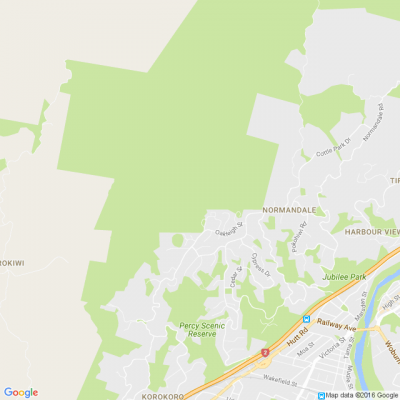
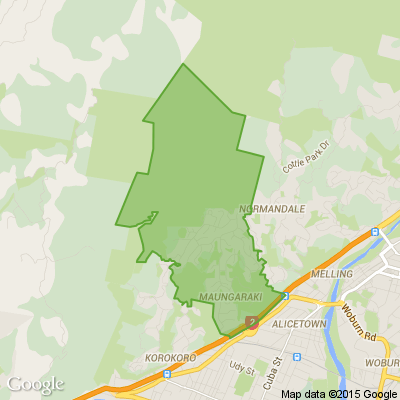





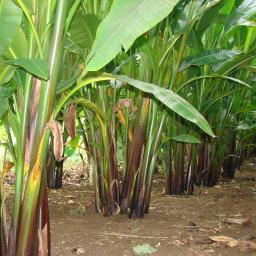
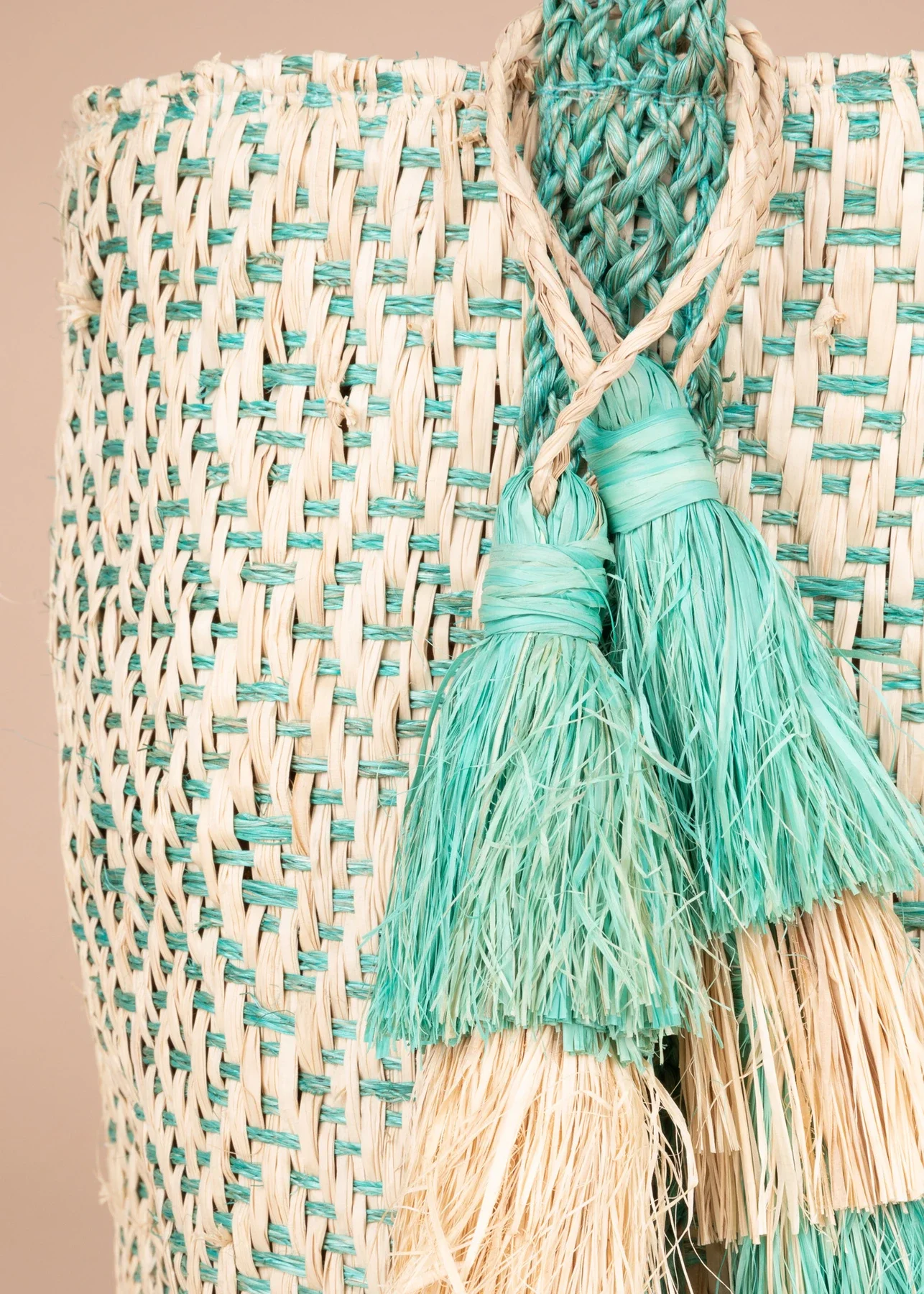
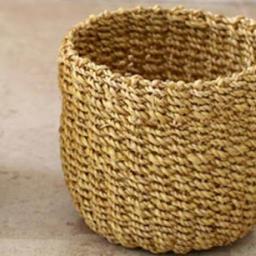
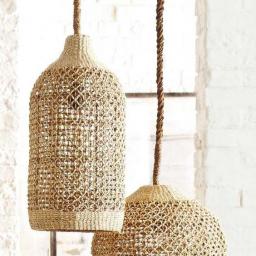




 Loading…
Loading…